
Ingredient
Partridge fresh meat
Succulent Partridge: A Delight for Meat Lovers
Partridge fresh meat is known for its lean and tender qualities, making it a popular choice for meat lovers. It has a rich, gamey flavor that is often described as a cross between chicken and duck. The meat is firm yet succulent, with a slightly gamey aroma. Its texture is delicate and moist, making it perfect for roasting, grilling, or braising.
Origins and history
Partridge meat has a long history dating back to ancient times. It has been enjoyed as a delicacy in various cultures, including European and Middle Eastern cuisines. Partridges are native to Europe, Asia, and parts of Africa, and they have been hunted for their meat for centuries. In many cultures, partridge meat is considered a symbol of luxury and is often served during special occasions or festive celebrations.
Nutritional information
Partridge meat is a good source of lean protein, essential vitamins, and minerals. It is low in fat and calories, making it a healthy choice for meat lovers. Additionally, it contains iron, zinc, and vitamin B12, which are important for maintaining overall health and well-being.
Allergens
Partridge meat may cause allergic reactions in individuals with poultry allergies. It is important to exercise caution and consult with a healthcare professional if you have any known allergies or sensitivities.
How to select
When selecting partridge fresh meat, look for plump and firm cuts with a pinkish hue. Avoid meat that appears discolored or has a strong odor. Freshness is key, so choose meat that has been properly stored and handled.
Storage recommendations
To maintain the freshness and quality of partridge fresh meat, it is best to store it in the refrigerator at a temperature below 40°F (4°C). Keep the meat wrapped tightly in plastic or butcher paper to prevent air exposure and potential contamination. Use the meat within 2-3 days of purchase for optimal flavor and texture.
How to produce
Partridges can be raised in a controlled environment, such as a farm or game reserve, where they are provided with suitable habitat and a balanced diet. It is important to ensure proper care, nutrition, and living conditions to raise healthy partridges.
Preparation tips
Partridge meat can be prepared in various ways, including roasting, grilling, or braising. Before cooking, it is recommended to marinate the meat to enhance its flavor and tenderness. Partridge pairs well with aromatic herbs and spices, such as rosemary, thyme, and juniper berries. It can be served as a main course or incorporated into stews, pies, or game terrines for a delightful culinary experience.
Culinary uses
Partridge meat is commonly used in traditional European dishes, such as roast partridge with root vegetables, partridge casserole, or partridge pâté. It is also a popular choice for game-based dishes and can be found in upscale restaurants or specialty food stores.
Availability
Partridge meat is commonly available in Europe, particularly in countries like the United Kingdom, France, and Italy. It can also be found in some parts of Asia and Africa. However, its availability may vary depending on the region and local hunting regulations.
More ingredients from this category

Quail fresh meat
The Delicate Game Bird: Quail

Ratites fresh meat
The Unique Flavor of Ratites Fresh Meat

Pheasant fresh meat
The Game Bird Delicacy: Pheasant Fresh Meat

Turkey fresh meat
The Lean Protein Powerhouse

Goose fresh meat
The Delicate Delight: Exploring Goose Fresh Meat

Guinea-fowl fresh meat
The Poultry Delicacy with a Unique Flavor

Duck fresh meat
The Delicate Delight: Succulent Duck Fresh Meat

Chicken fresh meat
The Versatile Protein: Chicken

Pigeon fresh meat
Delicate Delights: Exploring the World of Pigeon Meat

Undefined mixed poultry fresh meat
The Mystery Blend of Poultry Delights
Recipes using Partridge fresh meat » Browse all

Arroz con Perdiz with Saffron and Chorizo
Saffron-infused Game Bird Rice with Spicy Chorizo
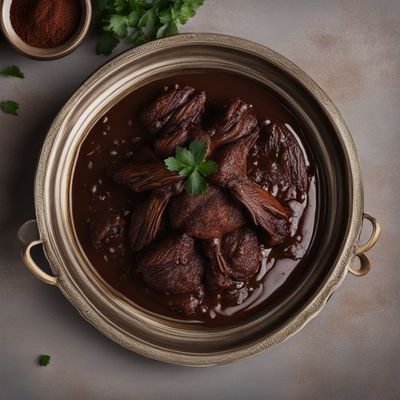
Algerian-style Chocolate Partridge
Savory Partridge Delight with a Touch of Algerian Chocolate
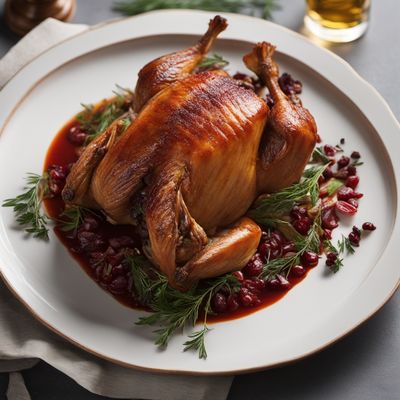
Toledo-style Partridges
Savory Delight: Toledo-style Partridges with a Spanish Twist

Macanese-style Partridge with Cabbage
Exotic Fusion: Macanese Partridge Delight
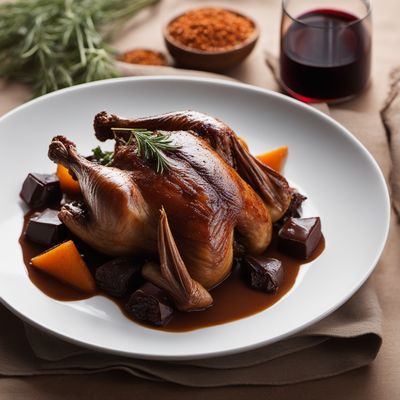
Toledo-style Partridge with Chocolate
Savory Delight: Toledo-style Partridge with a Chocolate Twist
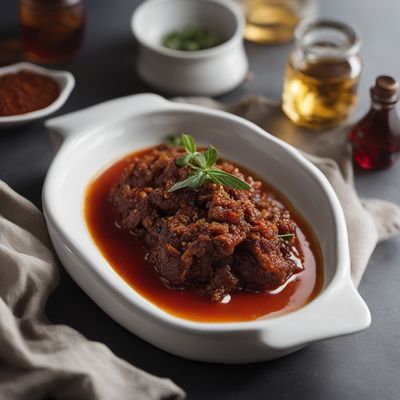
Perdiz Escabechada with a Twist
Spanish Delight: Perdiz Escabechada with a Modern Twist
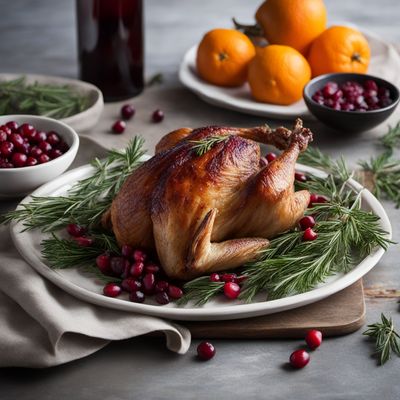
New England-style Roasted Partridge with Cranberry Sauce
Harvest Delight: Roasted Partridge with Tangy Cranberry Sauce
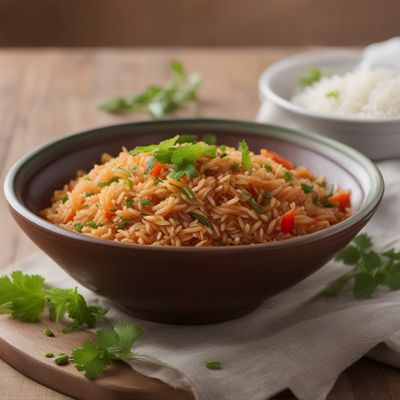
Guamanian-style Perdiz Rice
Tropical Delight: Guamanian-style Perdiz Rice

Roasted Partridge with Cabbage
Savory Delight: Roasted Partridge with Caramelized Cabbage
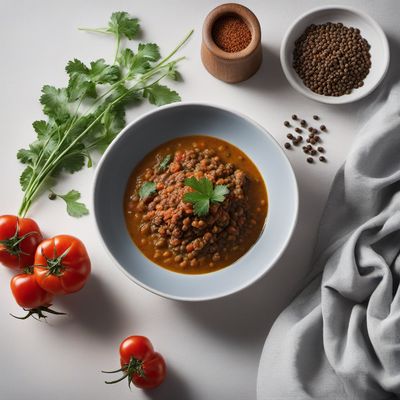
Rebhuhn mit Linsen (Partridge with Lentils) - Burundian Style
Exquisite Partridge Delight with Burundian Lentils

Norwegian-style Pickled Partridge
Nordic Delight: Pickled Partridge with a Norwegian Twist

Roasted Partridge with Catalan Flavors
Savory Delight: Partridge Infused with the Vibrant Tastes of Catalonia